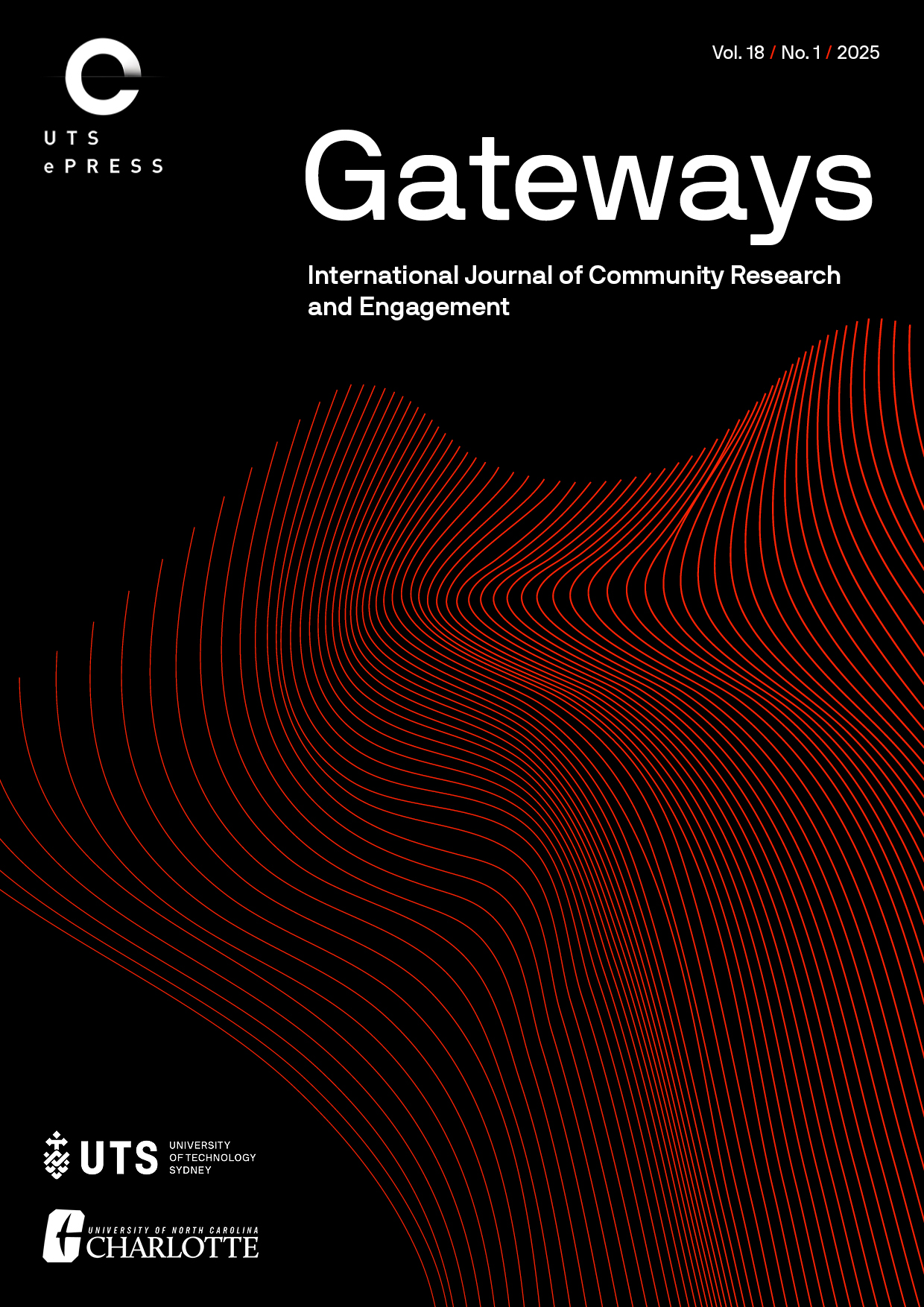Reflections on multimodality: Making the most of Kairotic moments
Main Article Content
Abstract
It is generally accepted in extant literature that friends drift away after a person receives a diagnosis of dementia. In turn, we set out to explore friendships that continued to flourish following a diagnosis by interviewing people living with dementia, their friends, and family members. Along the way, we shaped and adopted a multimodal approach, incorporating artistically rendered, fictionalised vignettes based on our participants’ stories, thus incorporating visual and auditory components that encourage people living with dementia and their friends to reflect on how best to continue to nurture their relationships. In this article, we describe our process of adopting multimodality through an intertwined set of five kairotic moments, whereby we pushed ourselves out of our comfort zones to move beyond the format of the conventional peer-reviewed journal article, recognising the need to write differently to reach a broader audience. In another moment, we moved past an academic emphasis on writing to adopt multimodality. Subsequently, we connected with artists and knowledge mobilisation specialists to bring our collective vision to life. Finally, we aimed to make our study findings more accessible by sharing them through our website and engaging with various types of media. We conclude by offering a methodology for multimodality that includes relationality, axiology, passivity and action and temporality in embracing opportunities to write differently.
Article Details
Issue
Section
Authors who submit articles to this journal from 31st March 2014 for publication, agree to the following terms:
a) Authors retain copyright and grant the journal right of first publication with the work simultaneously licensed under a Creative Commons Attribution License that allows others to share and adapt the work with an acknowledgement of the work's authorship and initial publication in this journal.
b) Authors are able to enter into separate, additional contractual arrangements for the non-exclusive distribution of the journal's published version of the work (e.g., post it to an institutional repository or publish it in a book), with an acknowledgement of its initial publication in this journal.
c) Authors are permitted and encouraged to post their work online (e.g., in institutional repositories or on their website) prior to and during the submission process, as it can lead to productive exchanges, as well as earlier and greater citation of published work (See The Open Access Citation Advantage Service). Where authors include such a work in an institutional repository or on their website (ie. a copy of a work which has been published in a UTS ePRESS journal, or a pre-print or post-print version of that work), we request that they include a statement that acknowledges the UTS ePRESS publication including the name of the journal, the volume number and a web-link to the journal item.
d) Authors should be aware that the Creative Commons Attribution (CC-BY) License permits readers to share (copy and redistribute the work in any medium or format) and adapt (remix, transform, and build upon the work) for any purpose, even commercially, provided they also give appropriate credit to the work, provide a link to the license, and indicate if changes were made. They may do these things in any reasonable manner, but not in any way that suggests you or your publisher endorses their use.
For Volume 6 (2013) and before, the following copyright applied:
Articles published by UTSePress are protected by copyright which is retained by the authors who assert their moral rights. Authors control translation and reproduction rights to their works published by UTSePress. UTSePress publications are copyright and all rights are reserved worldwide. Downloads of specific portions of them are permitted for personal use only, not for commercial use or resale. Permissions to reprint or use any materials should be directed to UTSePress.
